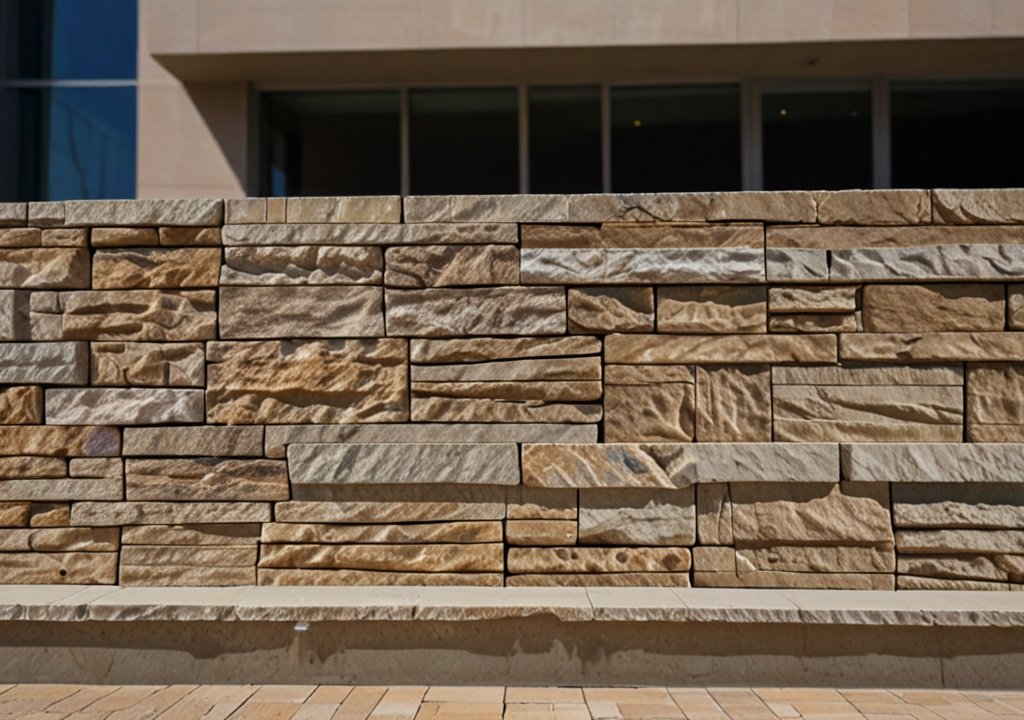Why Optic Cuts Have Gained Momentum in the Firearm Community
The firearms industry has seen a significant shift with red dot optics becoming a necessity for shooters and enthusiasts. Modern handguns often feature optics-ready designs, but legacy owners are now using optic cuts for precision modifications. This process mills the slide to create a base for a red dot sight, resulting in a firearm that feels tailored to the shooter’s needs.
For those who value reliable and professional work, Glock optic installation services provide experienced hands to ensure the job is done right the first time. Red dot optics have gained popularity in high-pressure environments, such as defensive scenarios and fast-paced competitions, by improving speed and accuracy and reducing eye strain. This trend is attributed to both new shooters and veterans seeking better performance with their handguns, boosting confidence in the sport.
What Is an Optic Cut and How Does It Work?
Optic cuts are a specialized machining process in which material is removed from a slide to create a recessed seat that matches a red dot sight. This method ensures a secure attachment point and lower profile on the firearm, maintaining natural sight alignment and allowing co-witnessing with backup iron sights. Professional gunsmiths utilize advanced CNC machines, jigs, and digital calipers to ensure the optic cut aligns precisely with the chosen sight without compromising reliability or slide integrity. The process is meticulous, safety-conscious, and requires no shortcuts.
Top Benefits of Installing a Red Dot Sight
- Speed: Once familiar with the setup, shooters find that a red dot lets them acquire targets much faster than lining up traditional iron sights. With both eyes open, the illuminated dot is superimposed directly onto the target, making target transitions and reflexive shots noticeably quicker.
- Accuracy: The simplicity of focusing on a single, clear dot, rather than aligning a front and rear sight, removes a layer of complexity. Marksmanship improves, as evidenced by competitive shooters and armed professionals who consistently see their shot groupings shrink with regular training.
- Visual Clarity: Red dot sights offer a distinct advantage for shooters who wear glasses, have astigmatism, or struggle to align traditional iron sights quickly. The dot remains in a single focal plane, so eyes don’t have to rapidly shift focus between front sight, rear sight, and target.
- Low-Light Performance: In poorly lit environments, such as indoor ranges or dusk scenarios, the brightness adjustment settings on most red dots allow the aiming point to stand out clearly, making accurate shooting much easier than with blacked-out or low-contrast iron sights.
Key Considerations Before Getting an Optic Cut
While optic cuts and red dot optics offer distinct advantages, considering several factors ahead of time can save frustration and unnecessary expense. Not every handgun model can be safely altered, so first confirm compatibility with trusted sources or manufacturers.
- Compatibility: Does your handgun’s slide have enough material and proper dimensions for the specific optic pattern you want? Some models lack enough “meat” for secure cuts, and using incompatible guns can result in weakened structure or unreliable function.
- Long-term Commitment: Optic cuts are permanent. Resale value could change, and while the modification can be highly desirable, a mismatched or poorly executed cut is difficult, and sometimes impossible, to reverse.
- Optic Choice: Know your preferred sight or consider future selections. Optic footprints vary between brands, so cuts are usually tailored for a specific pattern, such as RMR, Docter, or Shield. Custom gunsmiths can advise on options that offer flexibility for future upgrades.
- Holster and Gear Compatibility: Adding an optic changes the handgun profile, so ensure existing holsters can accommodate the new setup. Some dedicated holsters feature cuts for popular red dot models. In other cases, new carry gear may be required.










